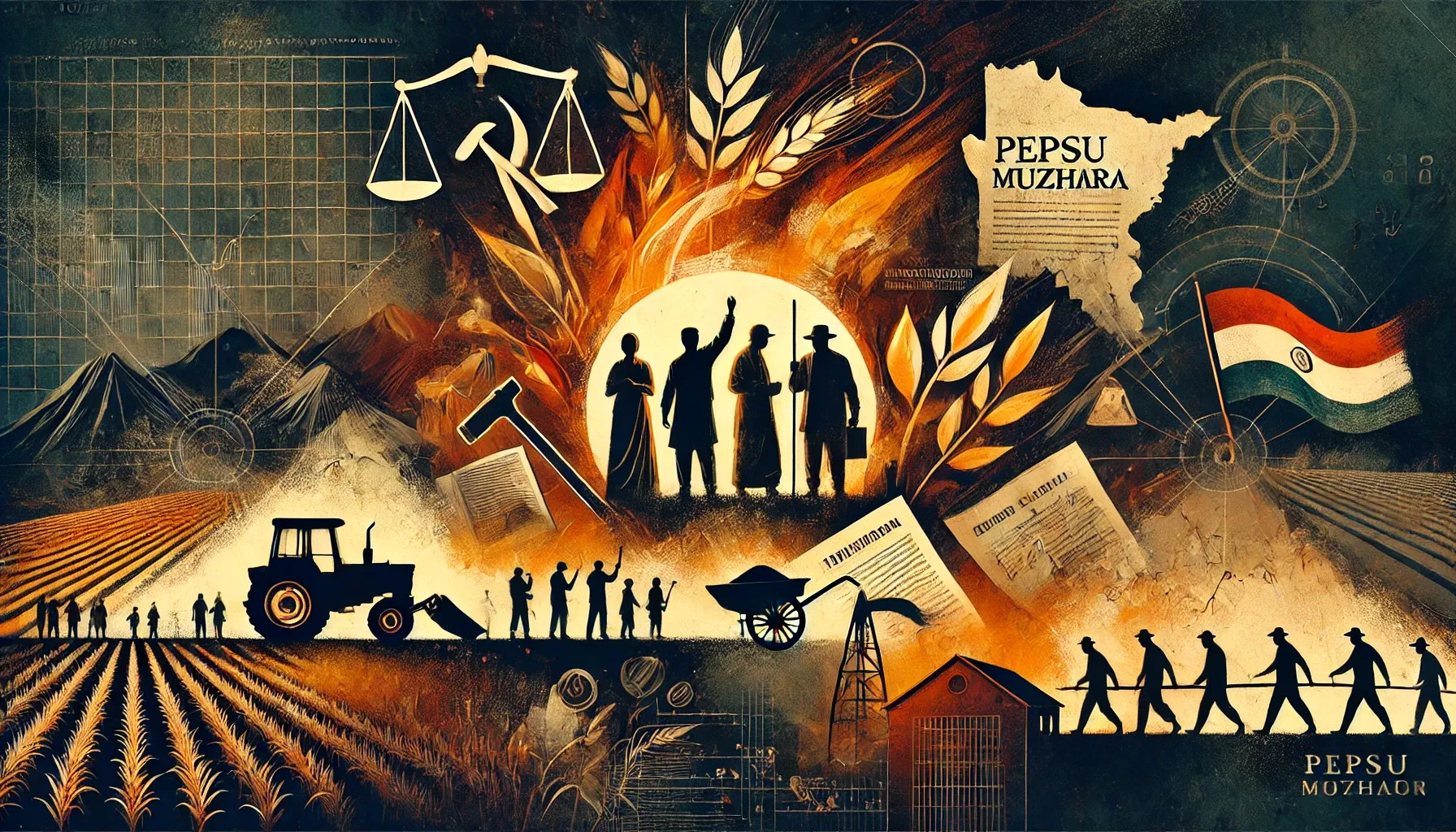UPSC
Indian Express Concise
PEPSU Muzhara Movement: A Legacy of Agrarian Struggle
Last Updated
20th March, 2025
Date Published
19th March, 2025
Share This Post With Someone

Context:
This analysis is the story of the PEPSU Muzhara Movement, observed on March 19. It details the agrarian uprising of landless tenant farmers (muzharas) in the Patiala and East Punjab States Union (PEPSU), commemorated annually on March 19.
Crisp Information in Points:
- Origins: Began in the 1930s in Punjab’s princely state of Patiala, where muzharas (landless tenant farmers) sought ownership of land they tilled for generations under oppressive feudal landlords (biswedars).
- Pre-Independence Context: Muzharas faced exploitation as biswedars took one-third of their produce, sharing it with the Patiala king and British, leaving farmers in a state of servitude.
- Post-Independence Shift: After 1947, 784 villages formed PEPSU; in October 1948, the Patiala Maharaja ordered one-third of village land for biswedars, intensifying the struggle.
- Kishangarh Standoff (1949): On March 17, muzharas in Kishangarh resisted landlords, leading to a police clash (one officer killed); on March 19, the army intervened, killing four muzharas in a violent confrontation.
- Scale and Resistance: Spanned modern-day Patiala, Barnala, Mansa, Sangrur, Bathinda, Mohali, Fatehgarh Sahib, Faridkot, and Jind (Haryana), with 35 muzharas arrested post-Kishangarh, acquitted by February 1950.
- Leadership: Key figures included Teja Singh Sutantar (revolutionary), Sewa Singh Thikriwala (ideological influence), and Bhai Jodh Singh (activist), backed by the Communist Party of India (CPI).
- Land Reforms Victory: By 1952, the PEPSU Tenancy Act granted ownership rights to tenants after a one-time compensation (12 times land revenue), ending biswedari dominance.
- Significance: Symbolizes farmer resilience against feudal and state oppression, influencing modern farmer unions like BKU Dakaunda, who draw parallels with current struggles.
- Commemoration: March 19 is observed annually, with past three-day conferences in Kishangarh (Mansa), reinforcing its legacy of resistance.
Link To The Original Article – https://indianexpress.com/article/explained/pepsu-muzhara-movement-march-19-9894386/